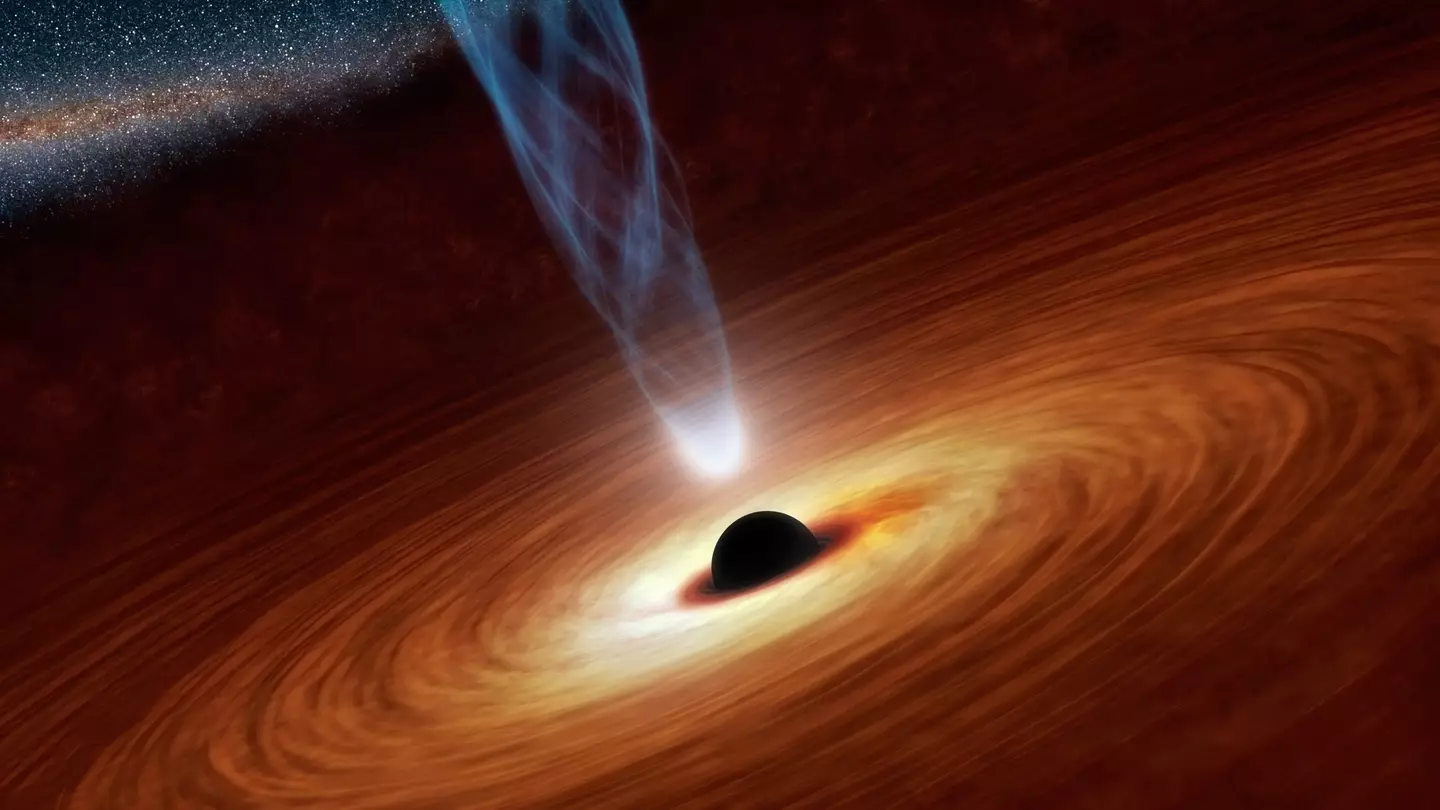
Scientists believe they may have solved a black hole paradox first identified by the great Stephen Hawking.
Professor Hawking posited that Einstein's general theory of relativity means information that goes into a black hole is unable to get out – however, quantum mechanics says otherwise, meaning the two theories oppose each other.
Black holes are understood to be collapsed dead stars with such strong gravity that not even light can escape.
Now, new research could have resolved this paradox by showing that black holes have something called 'quantum hair'.
Advert

Professor Xavier Calmet of the University of Sussex and his colleagues say they have shown that the fragments of the star leave an imprint in the black hole's gravitational field. They've called it 'quantum hair', after an earlier idea put forward by Prof John Archibald Wheeler of Princeton University in the 1960s, BBC News reports.
Wheeler's name related to the mathematical description of a black hole: an entity with mass, spin and charge but no other physical features – making it bald.
However, Calmet's 'yes hair theorem', published in the journal Physical Review Letters, claims to have come up with a potential solution to the paradox between general relativity and quantum mechanics. It theoretically allows information about what goes into a black hole to come out again without breaking any important principles of either relativity or quantum mechanics.
Advert
Hawking proposed his paradox in the 1970s, and physicians have been working on trying to resolve it ever since. The idea that the theory of quantum mechanics or general relativity was perhaps flawed is troubling because it's how much of humanity's understanding of how the universe exists is built on.

Calmet believes the 'yes hair theorem' could be the link between the theories of relatively – concerning gravity, quantum mechanics and three other forces of nature, which are electromagnetism and two nuclear forces – if it holds up after further examination. "But it is going to take some time for people to accept it," Calmet said.
He explained: "One of the consequences of the Hawking paradox was that general relativity and quantum mechanics was incompatible. What we are finding is that they are very much compatible."
Advert
As well as Calmet, the research team includes Prof Roberto Casadio of the University of Bologna and Prof Stephen Hsu from Michigan State University. The team's work builds on that of Prof Suvrat Raju of the International Centre for Theoretical Sciences, in Bengaluru in India.
"In the past few years, it has been recognized that the no hair theorem fails due to quantum effects and this resolves Hawking's paradox," Prof Raju said, who believes the team's work may have solved the Hawking paradox.
If you have a story you want to tell, send it to UNILAD via [email protected]
Topics: Black Hole, Science
